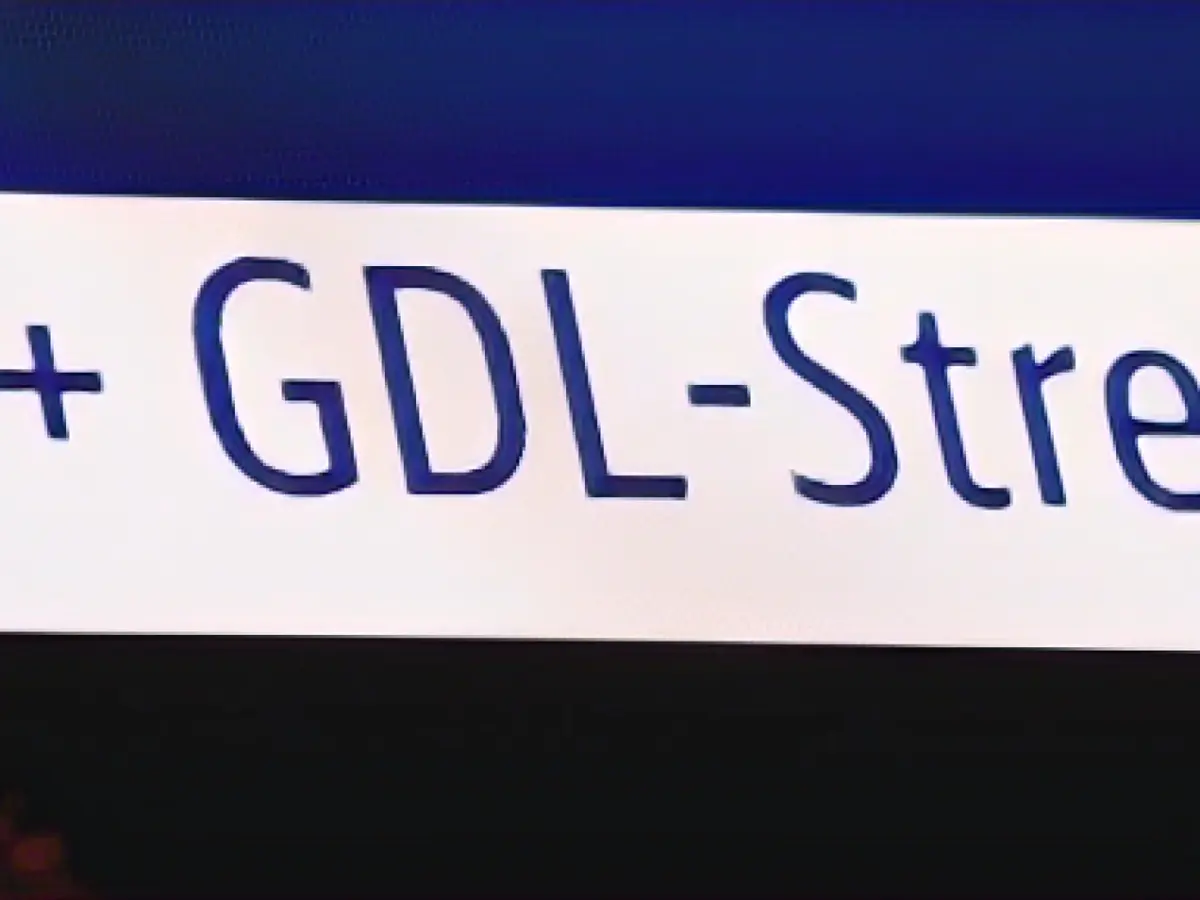Get ready for significant disruptions in Berlin's S-Bahn and regional train services starting from today, Thursday, due to the GDL union's warning strike. The strike will begin at 10 PM, but the S-Bahn warns of restrictions before and after the strike as well. These disruptions are expected to last until Friday evening, making Friday morning and evening commutes particularly challenging.
If you're planning to travel, the S-Bahn advises using subway trains, streetcars, or buses instead. However, the Berlin transport company BVG isn't affected by the strike, so alternative transportation options are available. While the S-Bahn might not be able to replace all routes from the city outskirts to the city center, switching to cars could lead to even more traffic congestion than usual.
The GDL union has called for a nationwide warning strike across the railways. The last time GDL participated in a strike was on November 15 and 16, resulting in the cancellation of around 80% of scheduled long-distance journeys. Regional transport impacts were even more pronounced in some federal states, with minimal to no train or S-Bahn services running in certain regions.
While there are no current GDL-related negotiations with Deutsche Bahn or EVG, ongoing wage negotiations between Deutsche Bahn and EVG pose a risk of strikes starting in April. If these negotiations fail, regional and long-distance trains across Germany, including those in Berlin, could be disrupted.
During construction at Berlin Hauptbahnhof, regional and long-distance trains will experience disruptions. From February 17 to April 22, only four out of eight tracks will operate, leading to diversions and cancellations for many regional trains. Temporary closures of the lower section on March 21-24 and April 18-22 will also affect long-distance trains, requiring travelers to utilize alternative stations or rerouted services.
For commuters, checking train schedules, relying on alternative stations, and grabbing rerouted services may provide temporary solutions. However, potential strikes could force passengers to explore alternative modes of transportation such as buses or other public transportation options.








